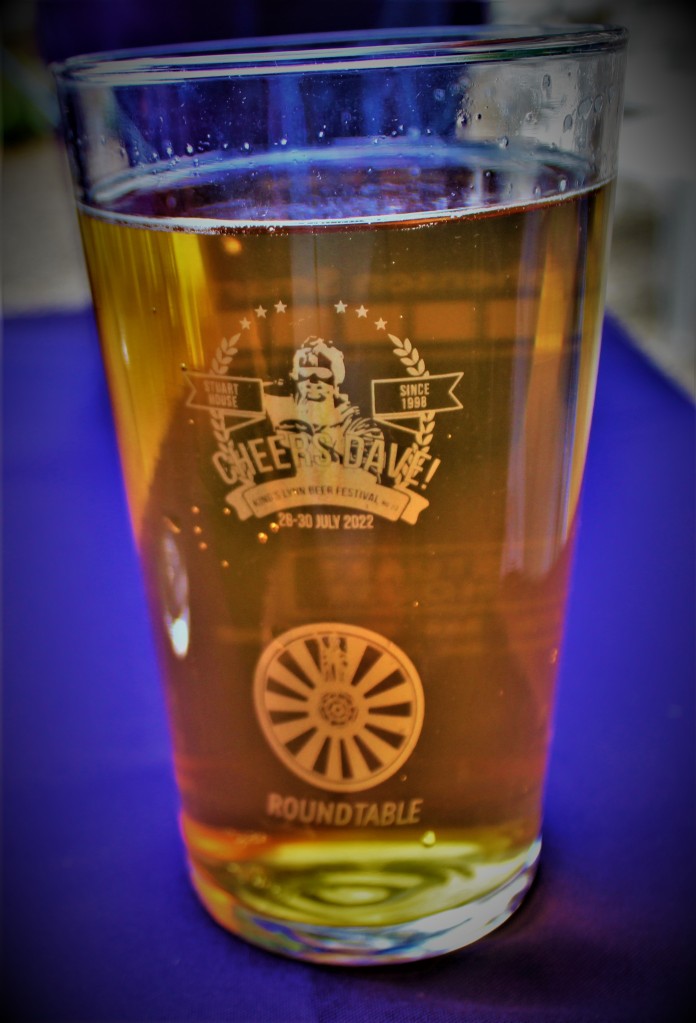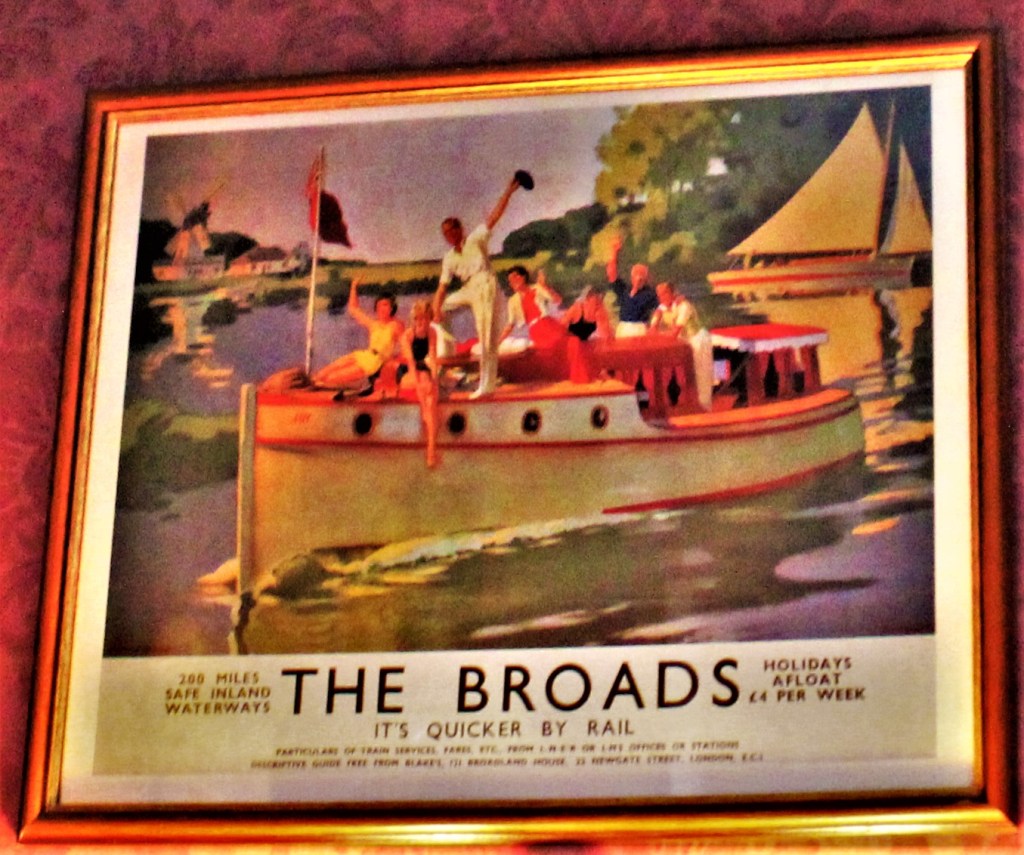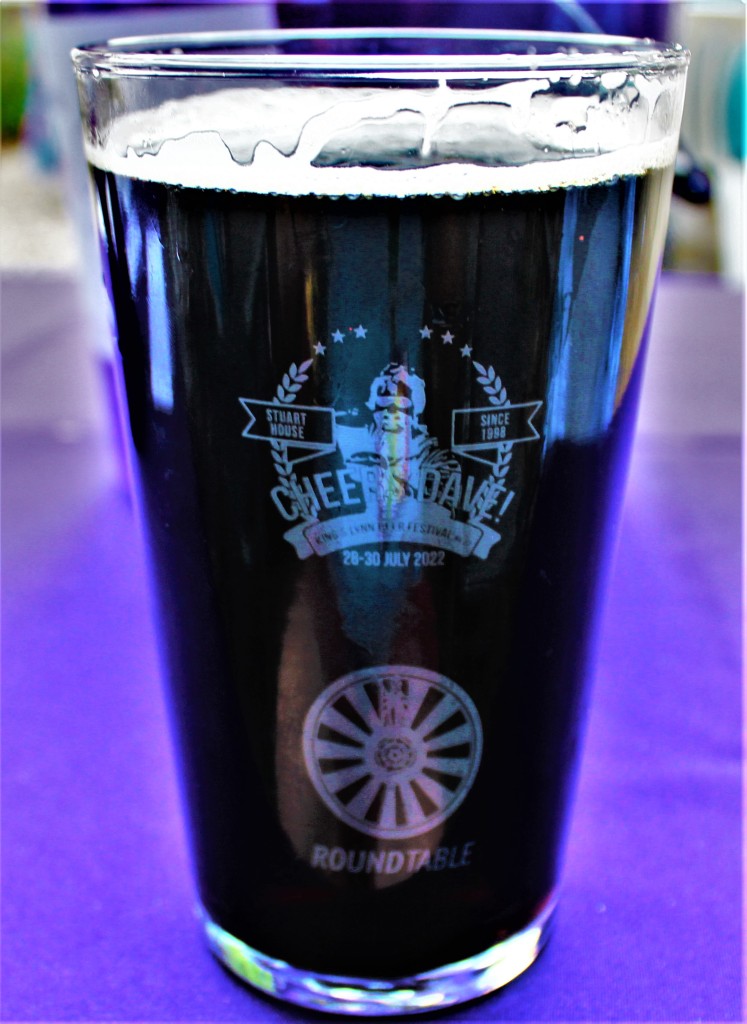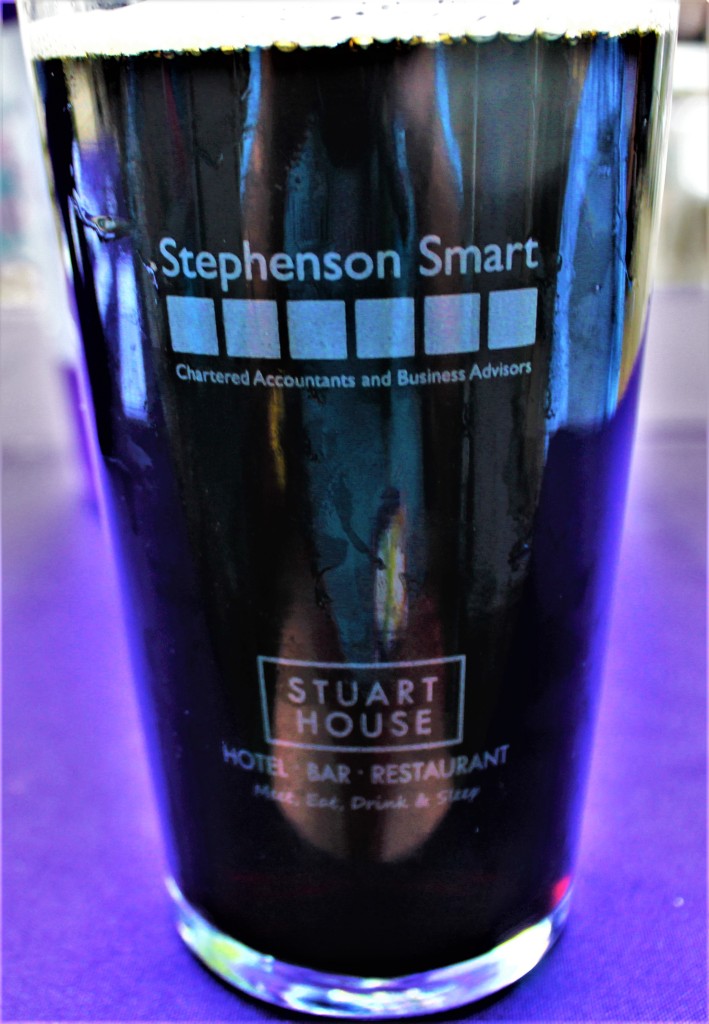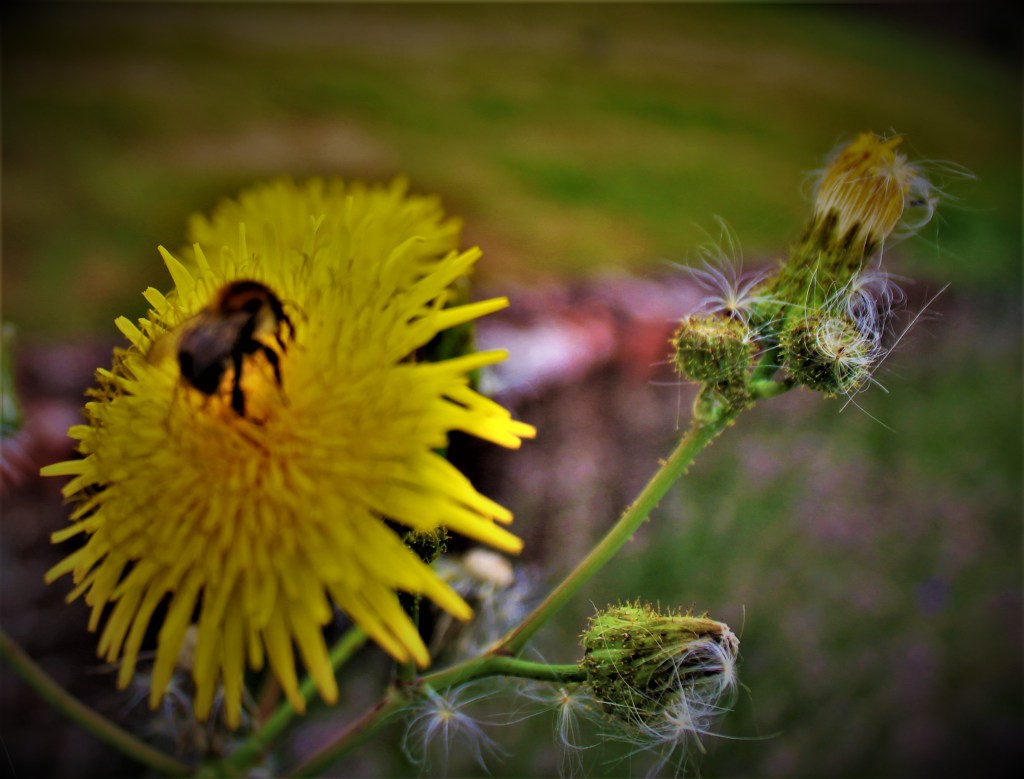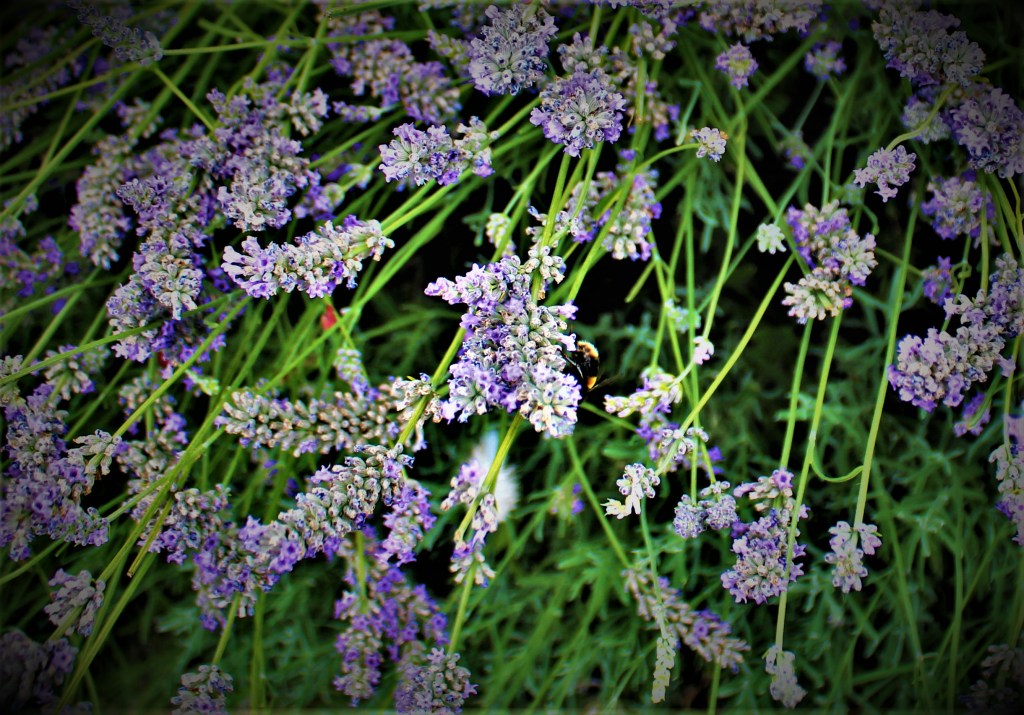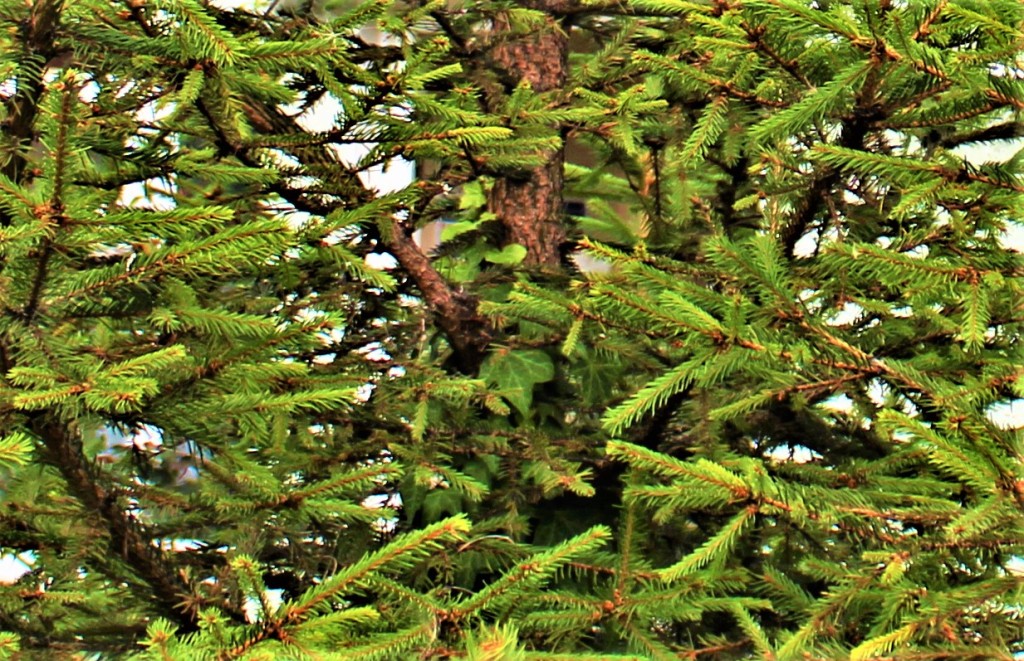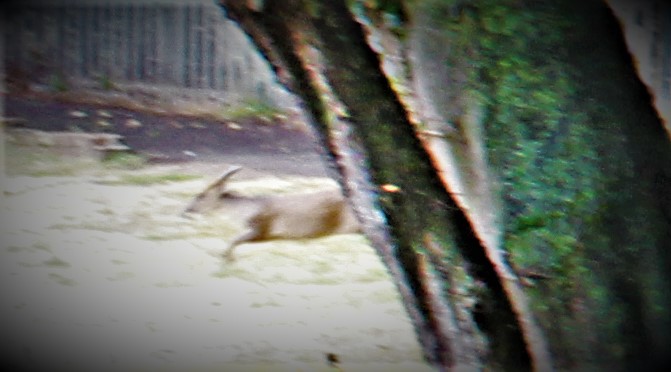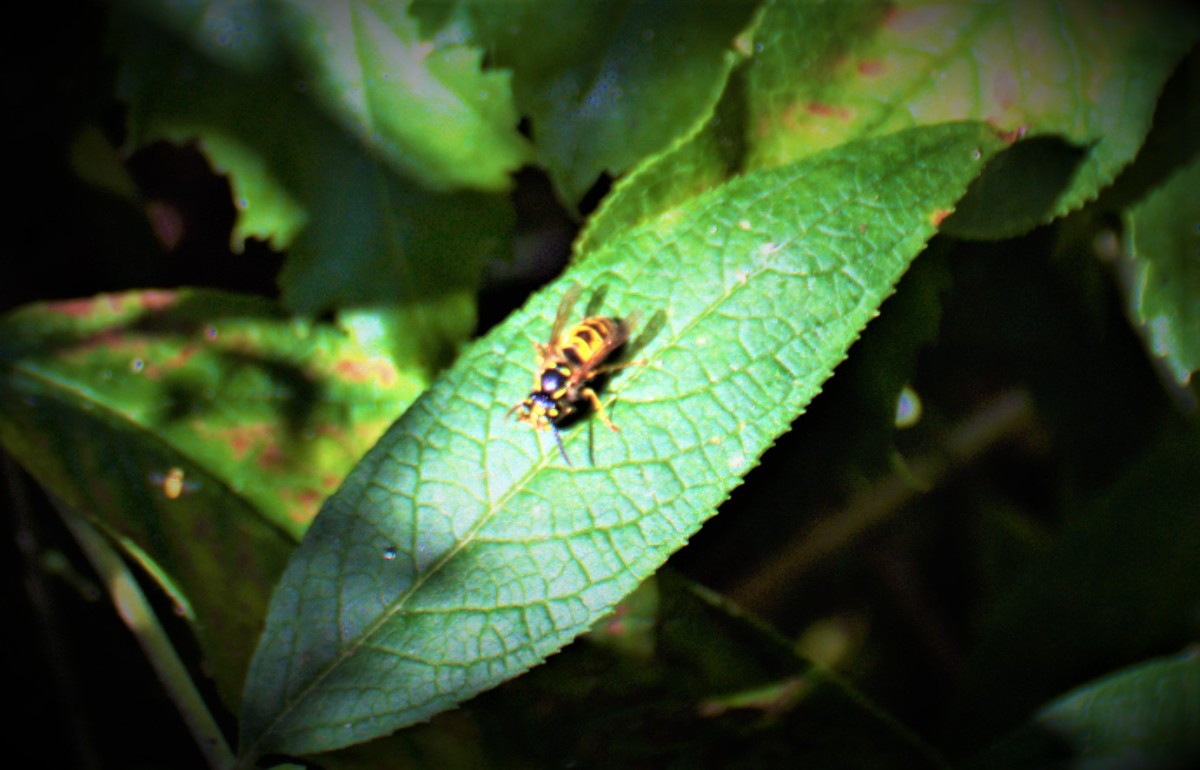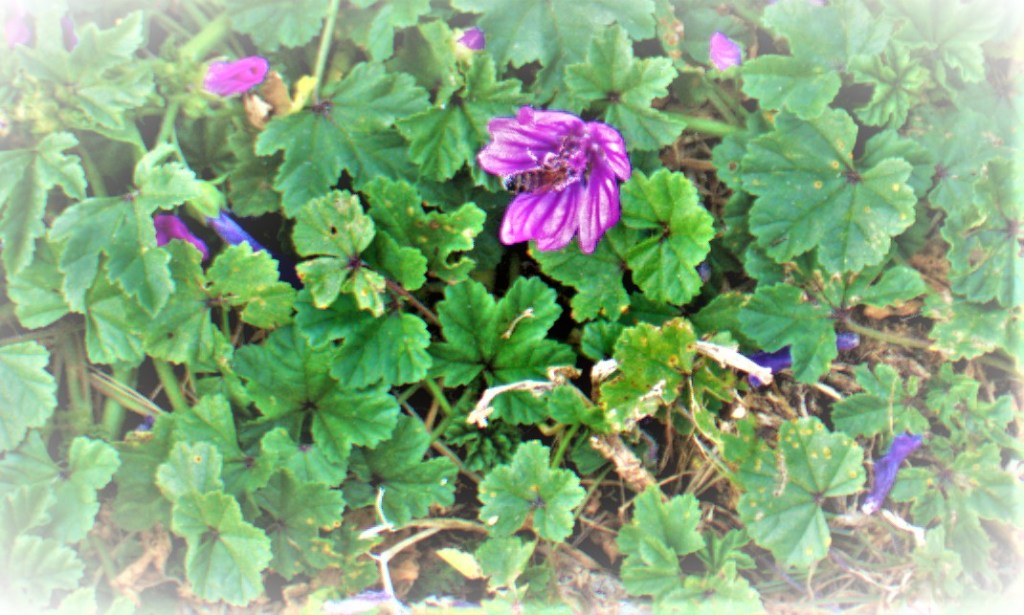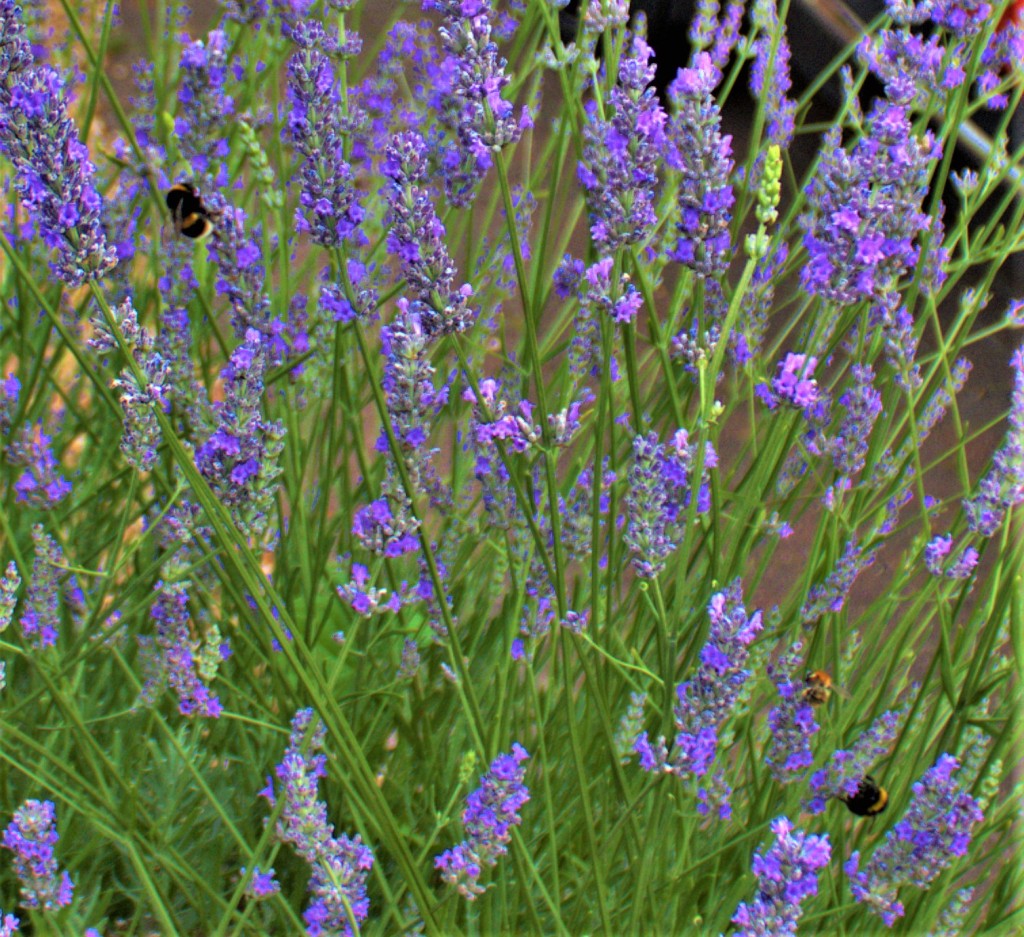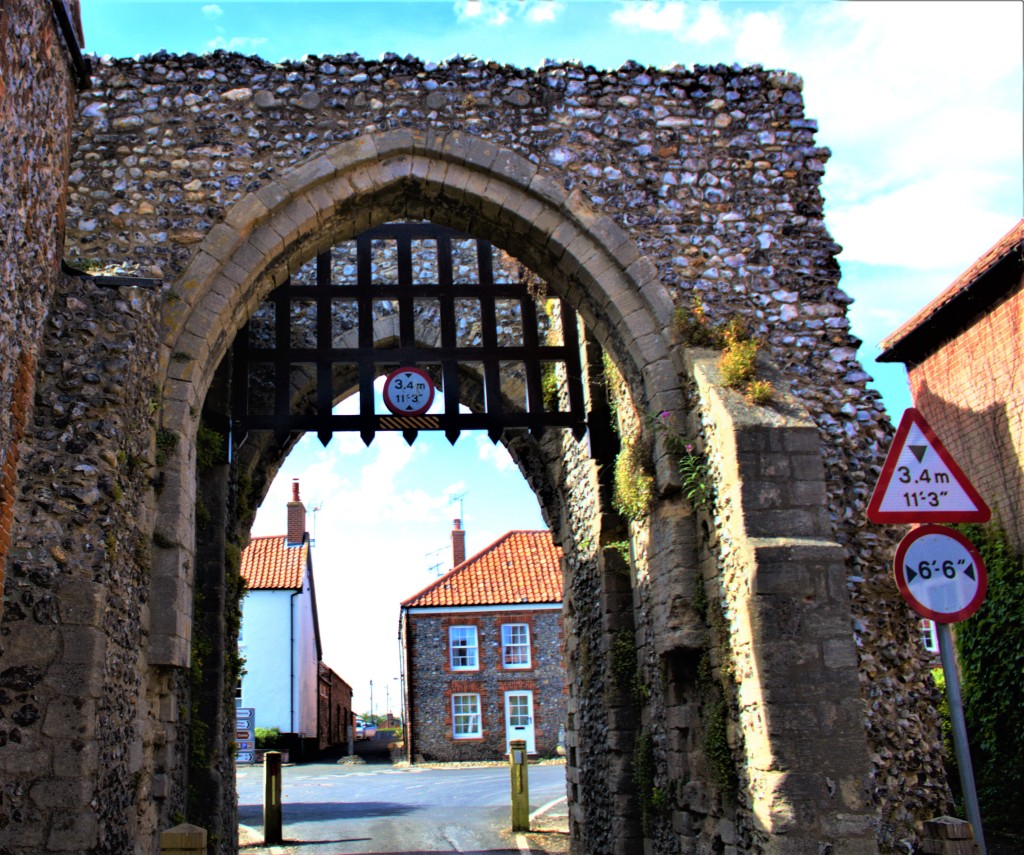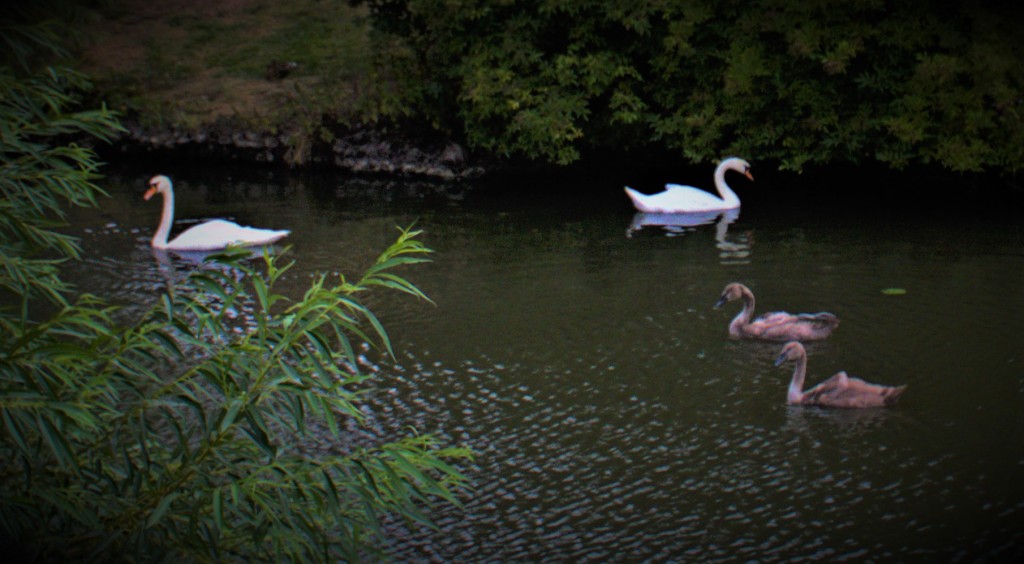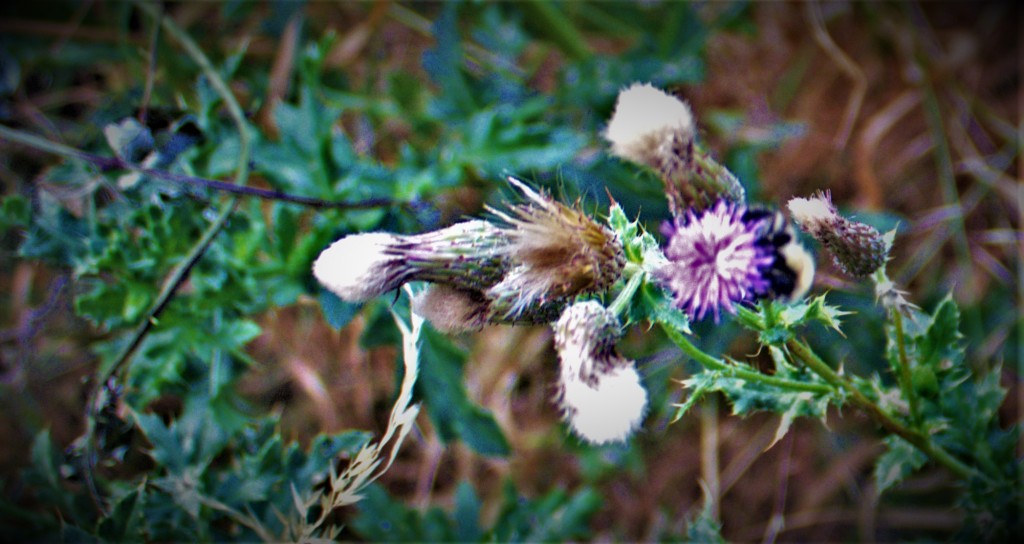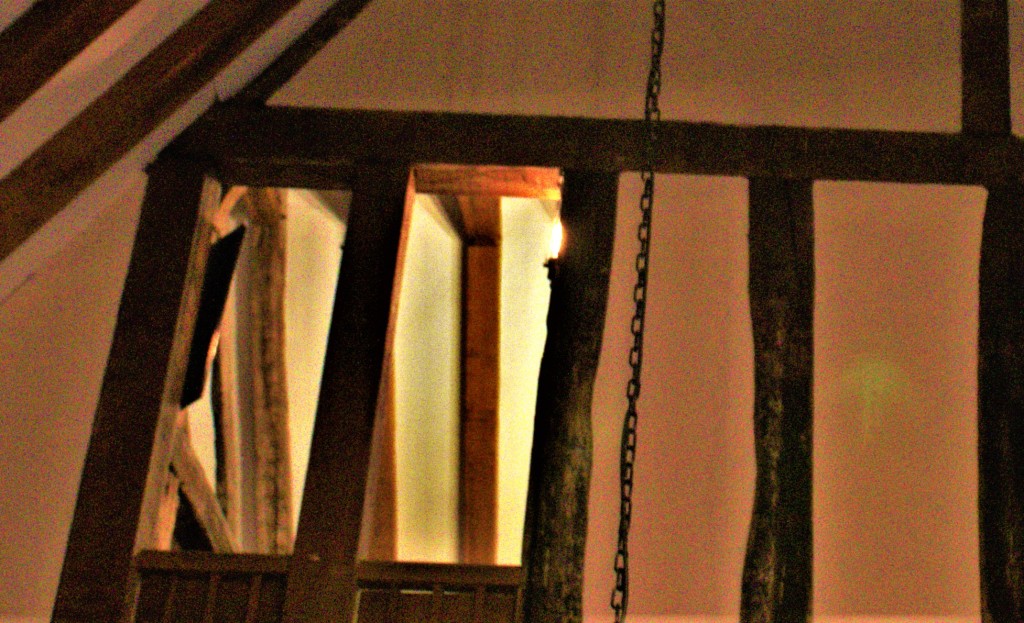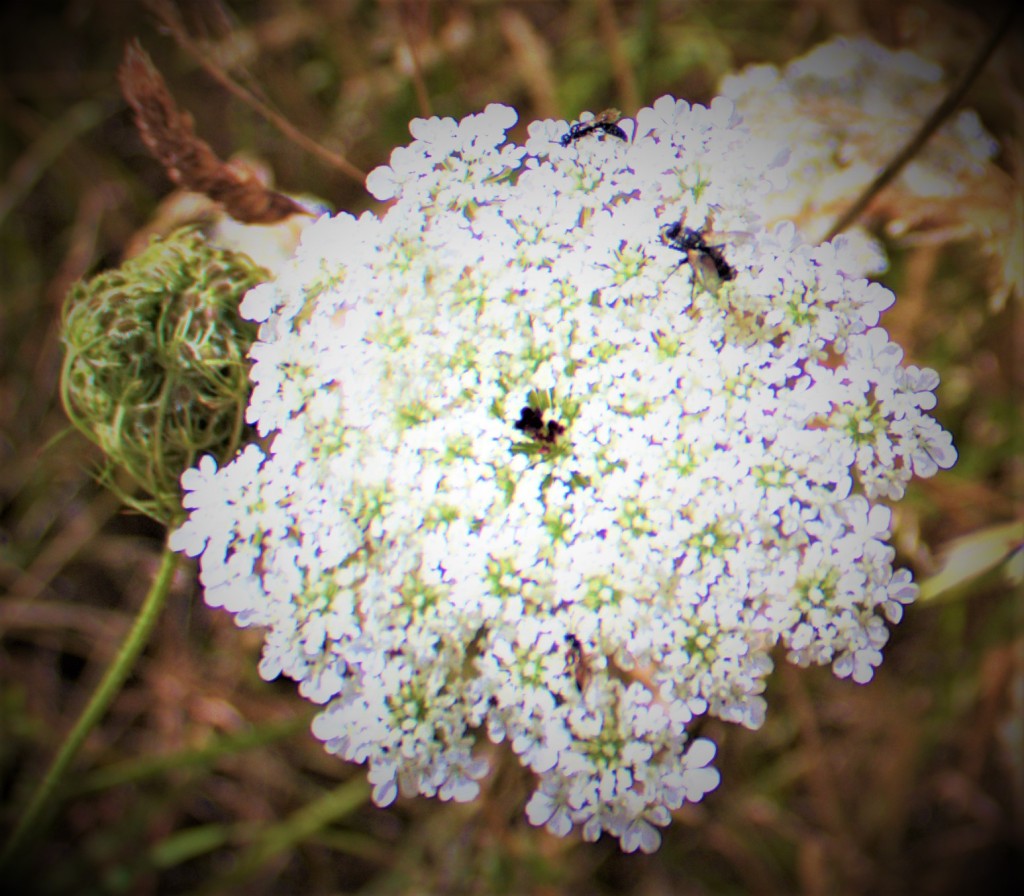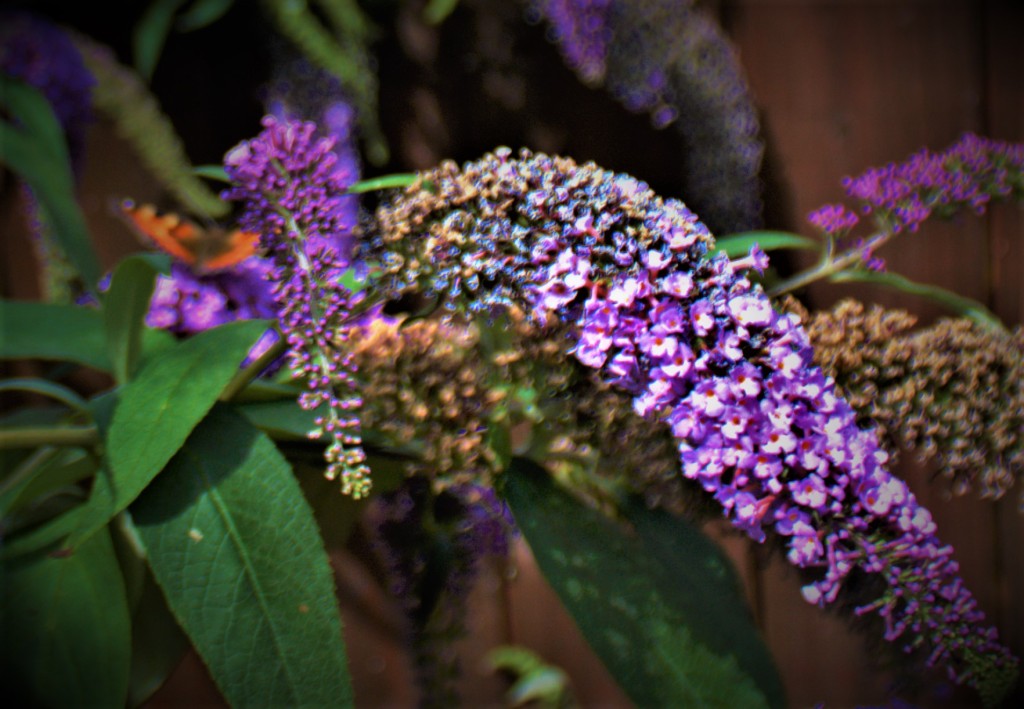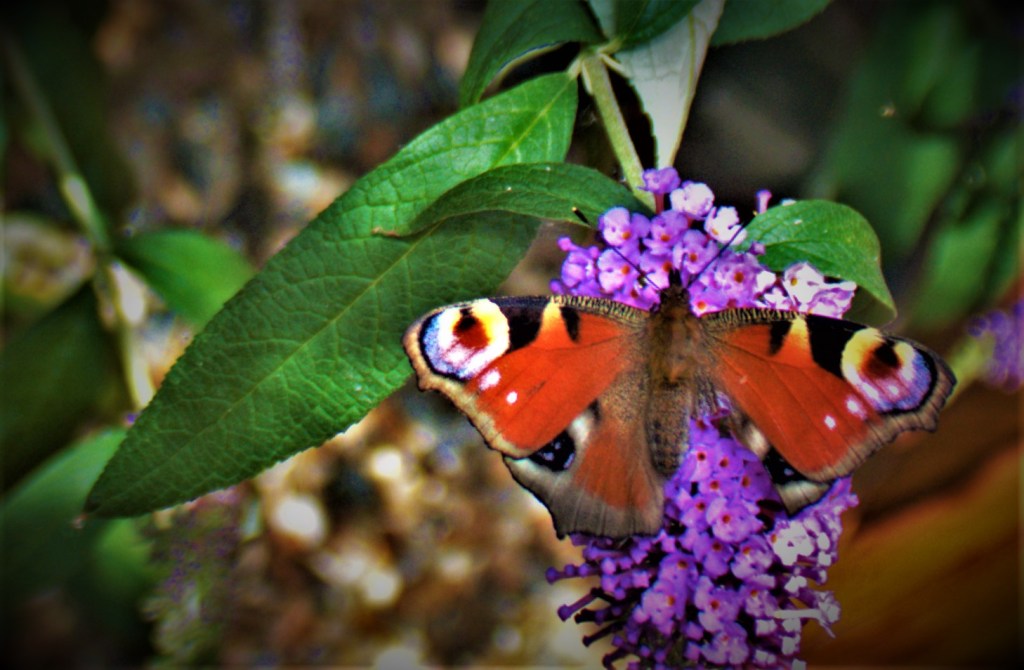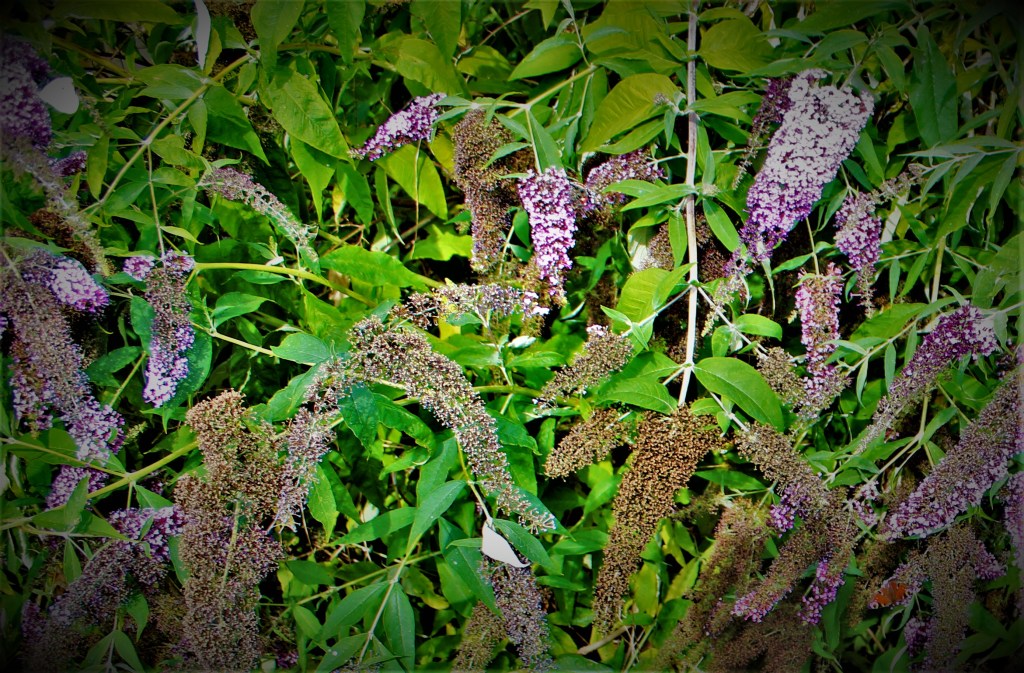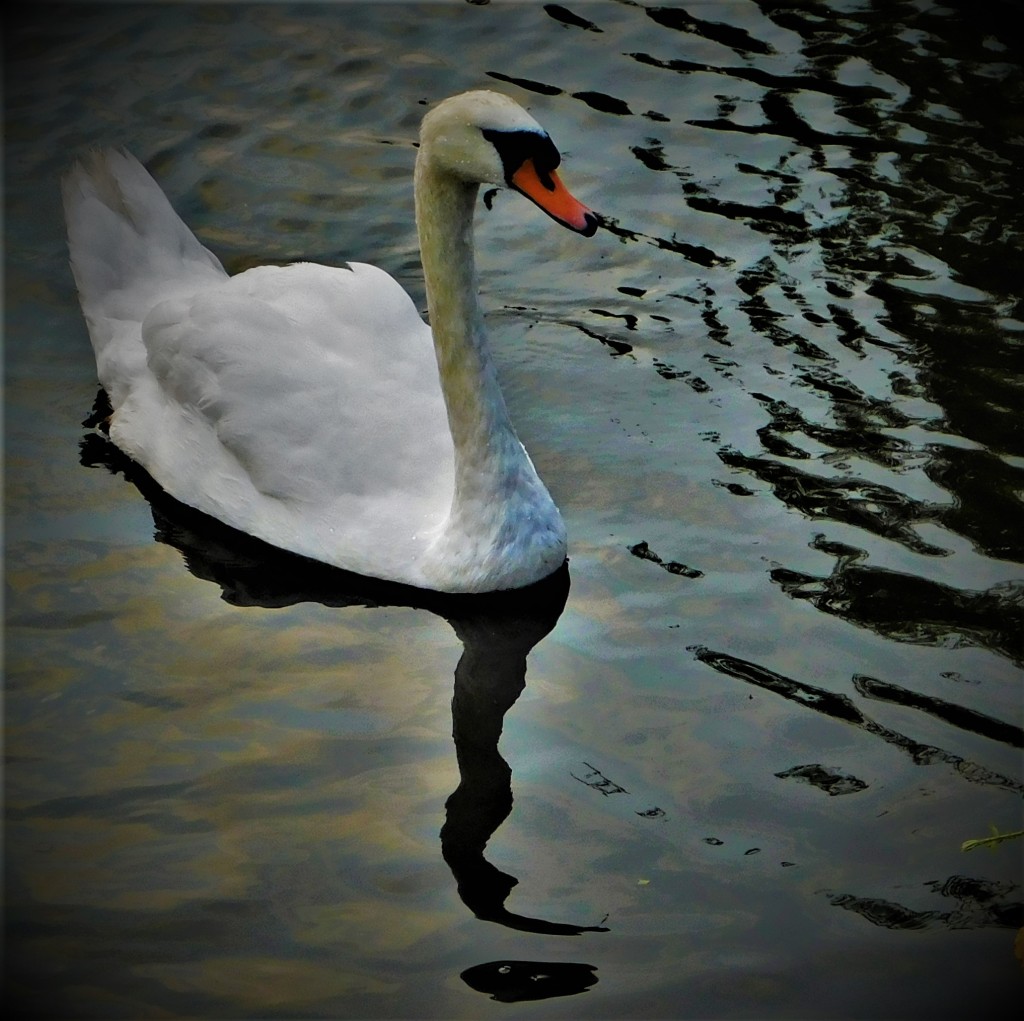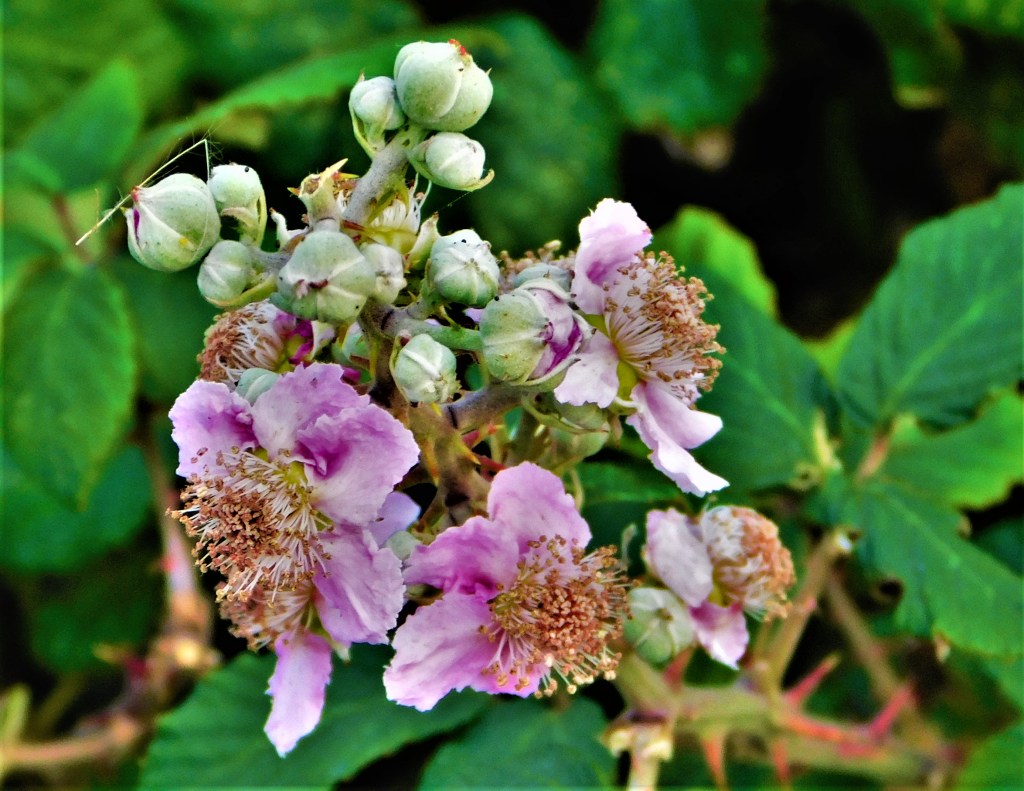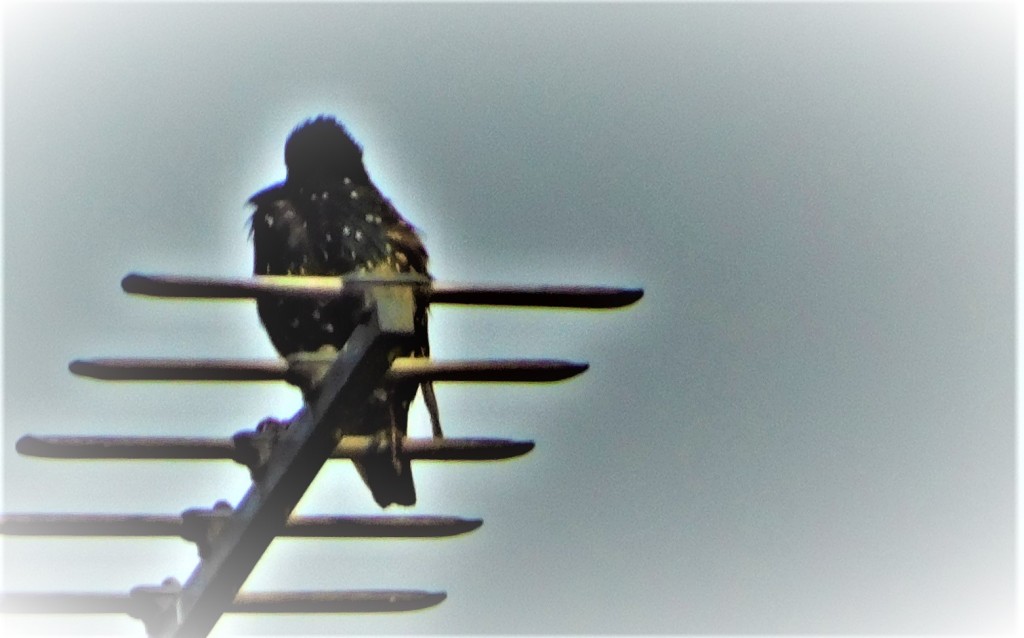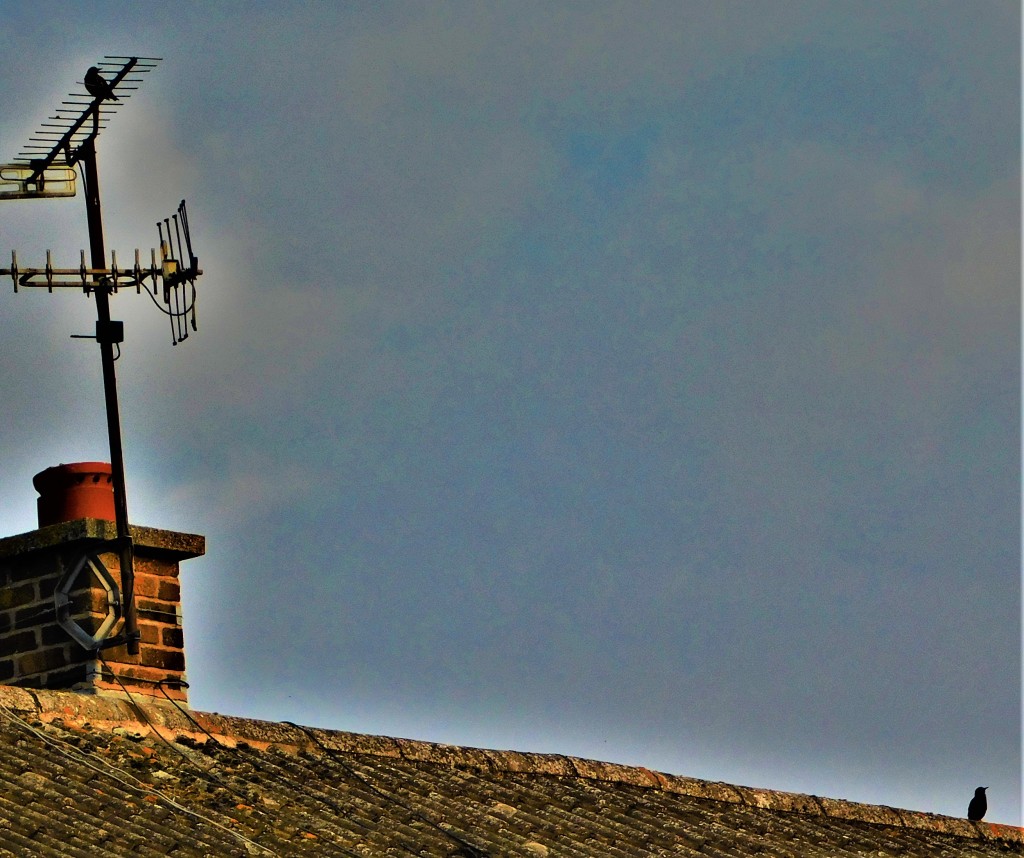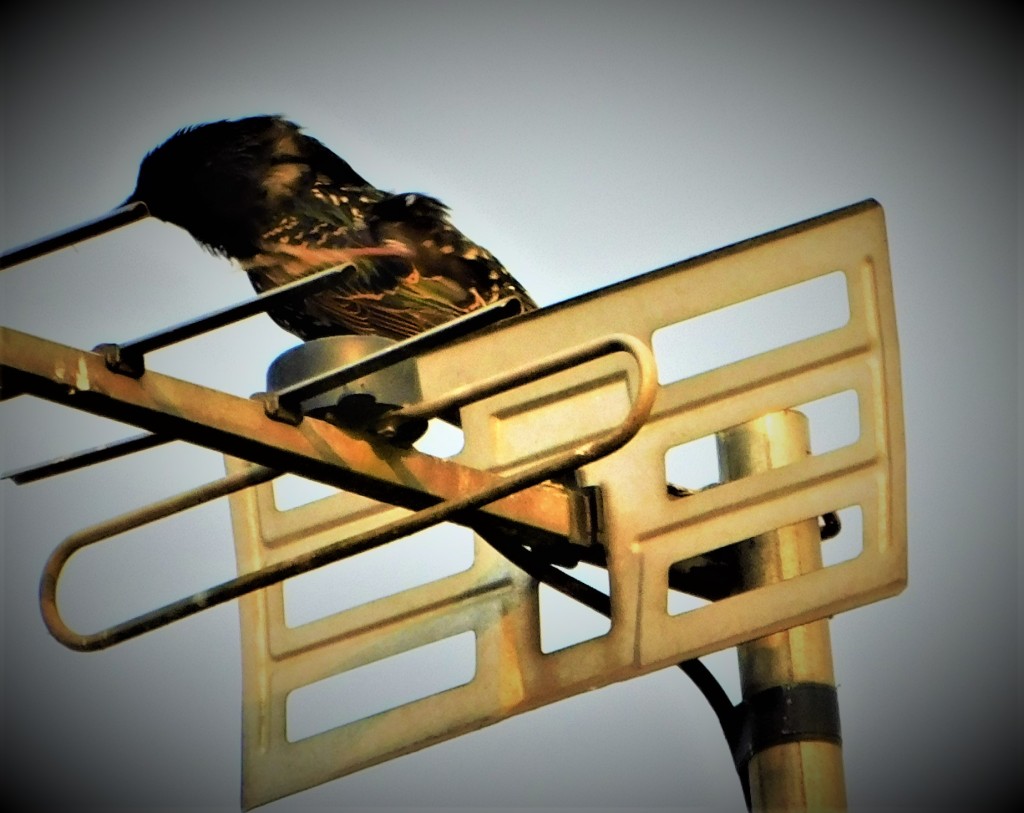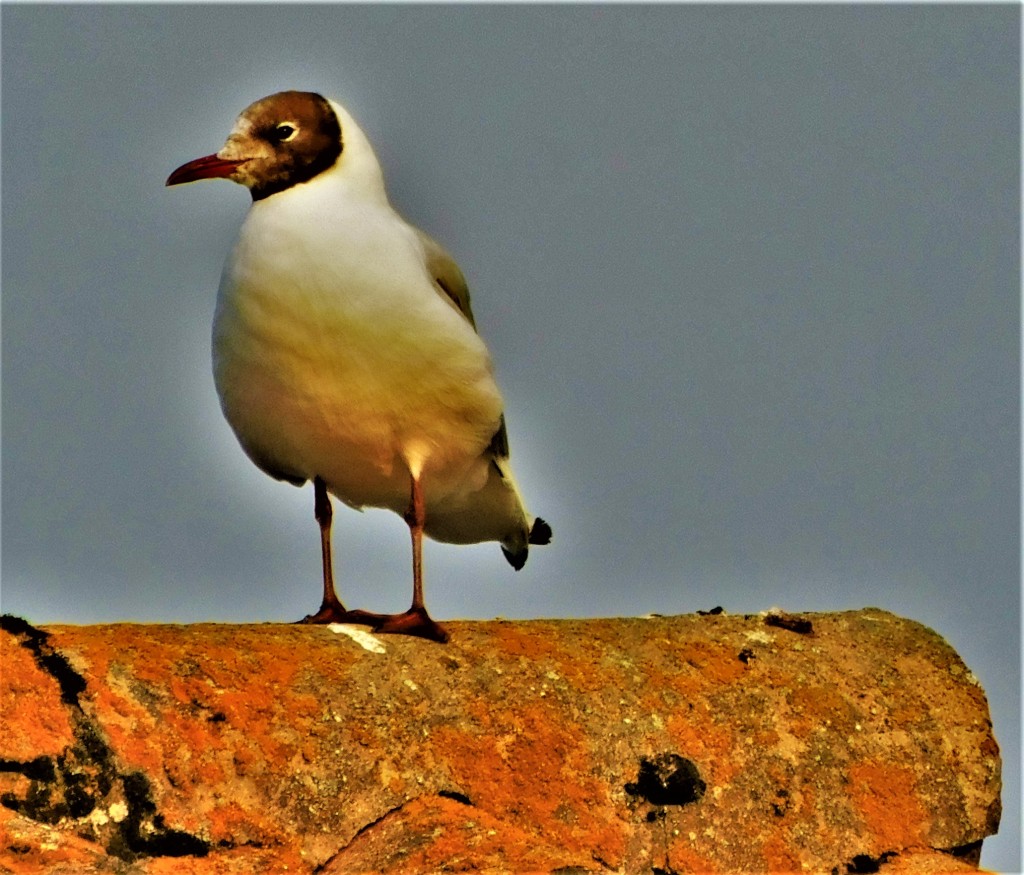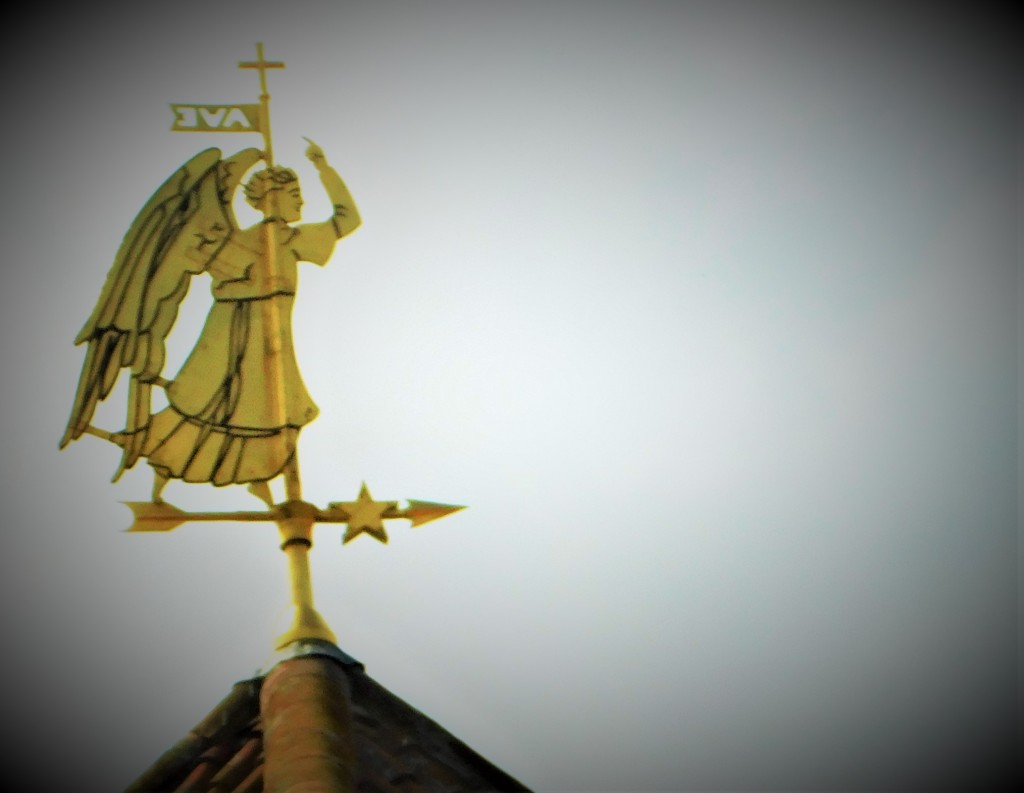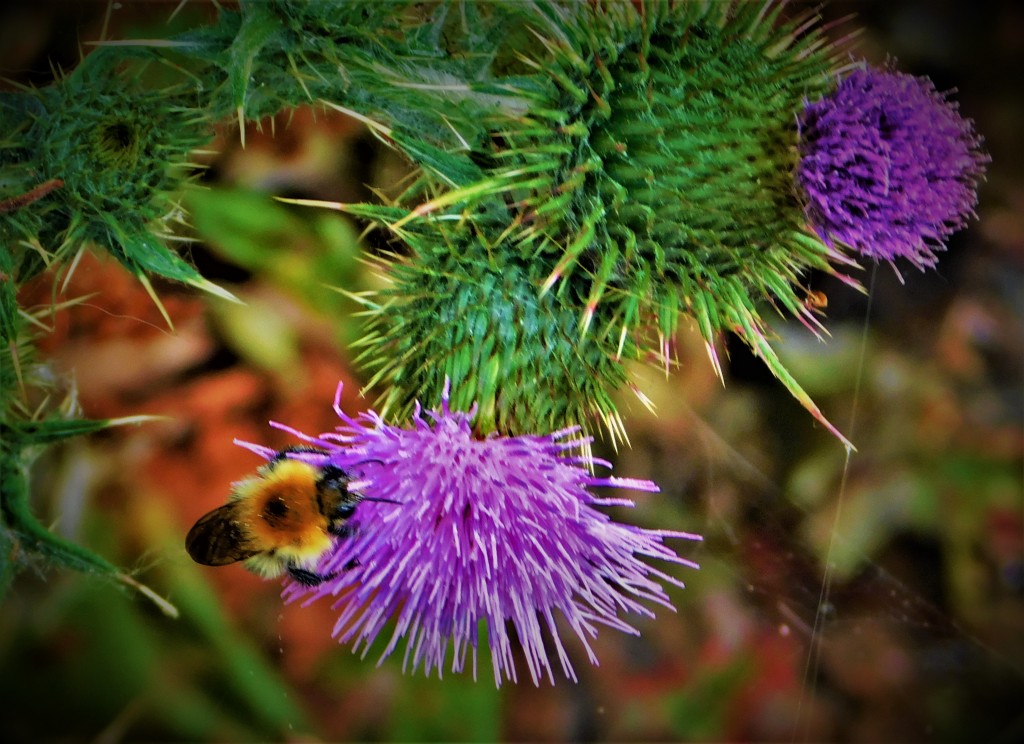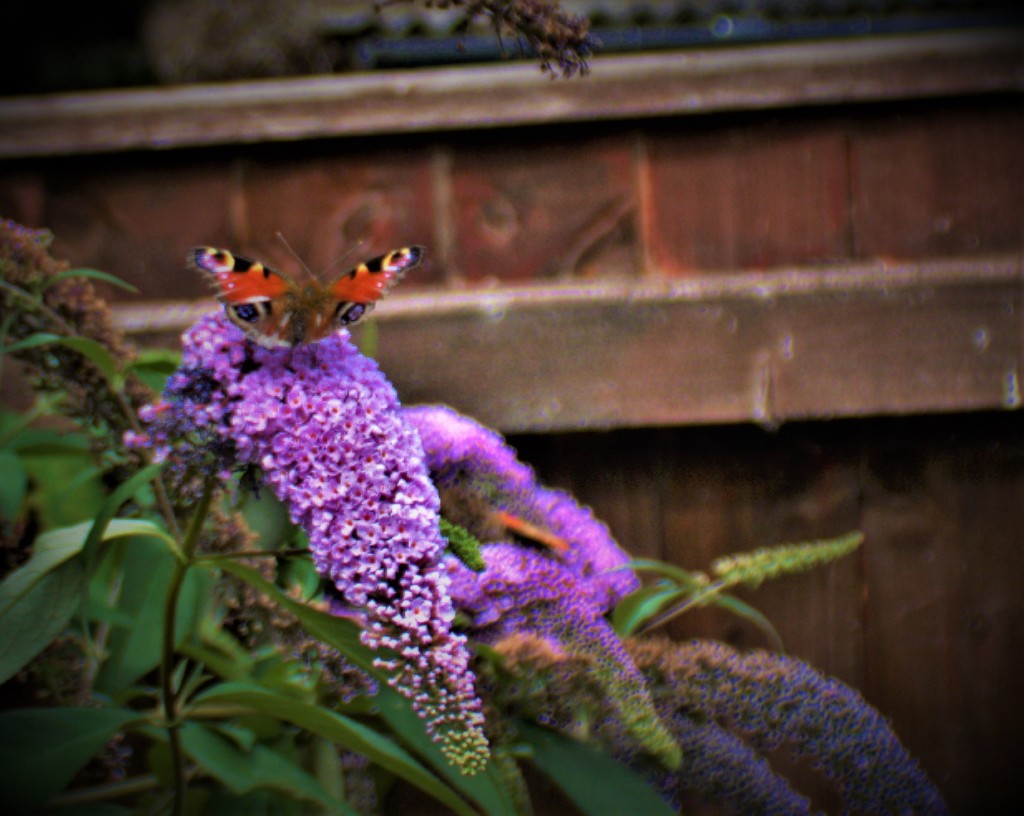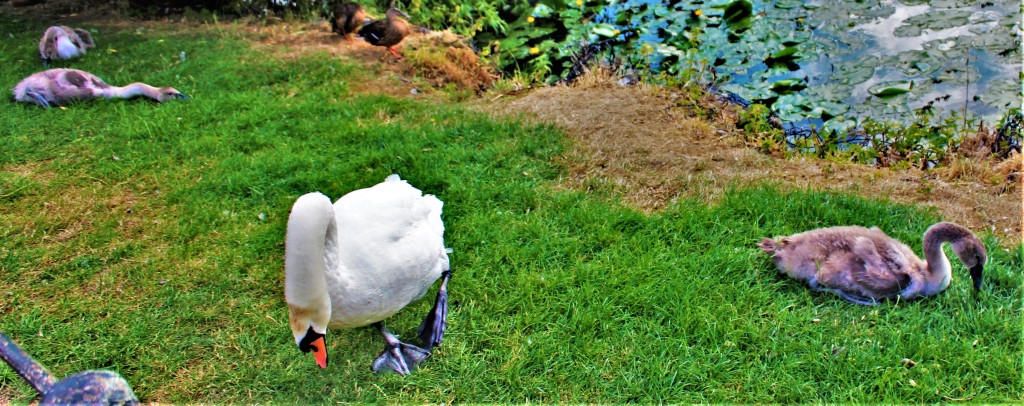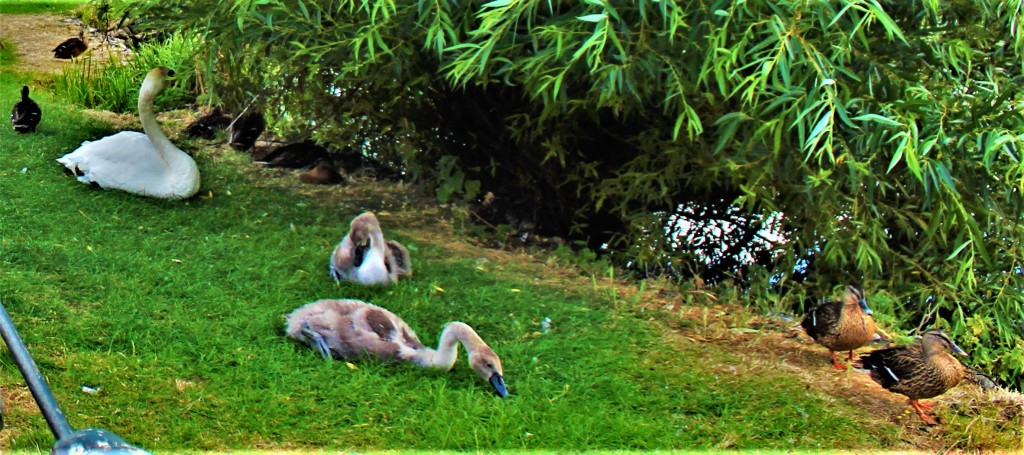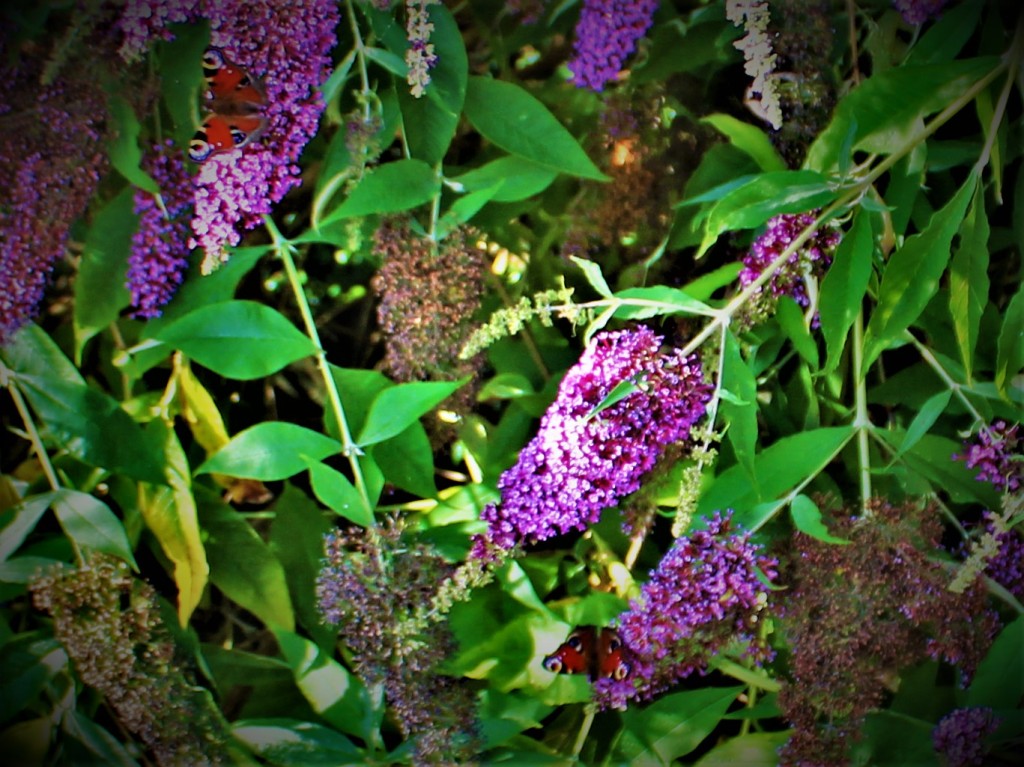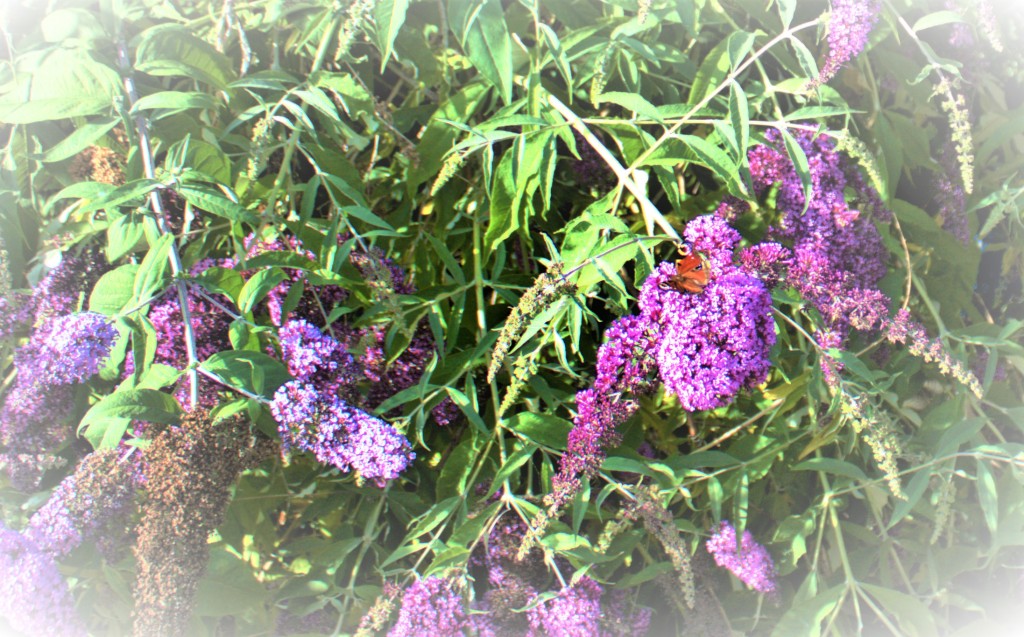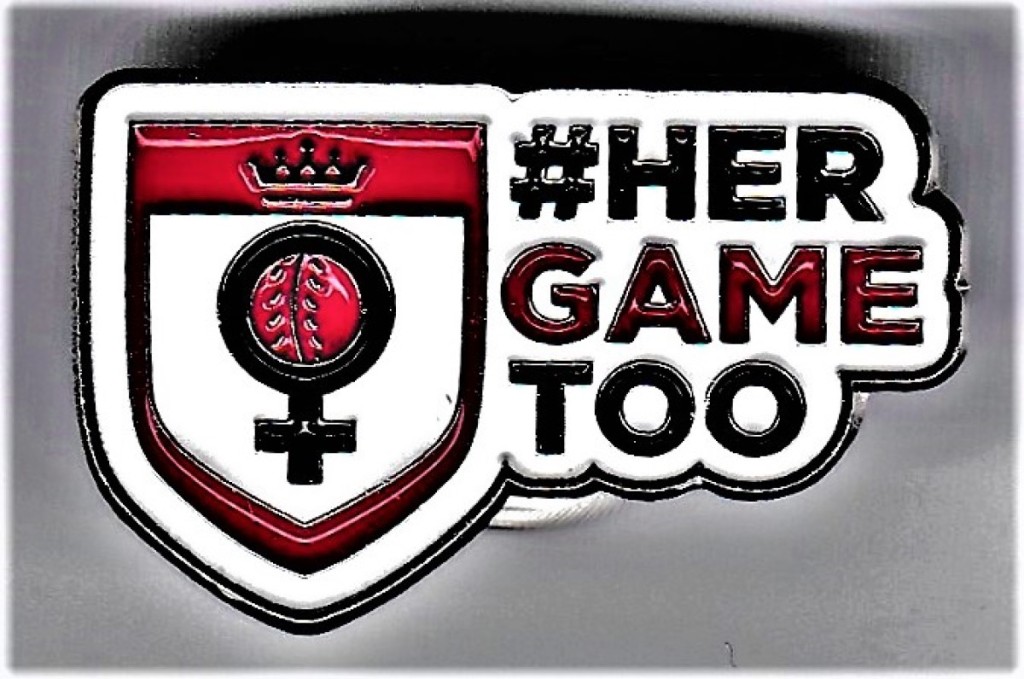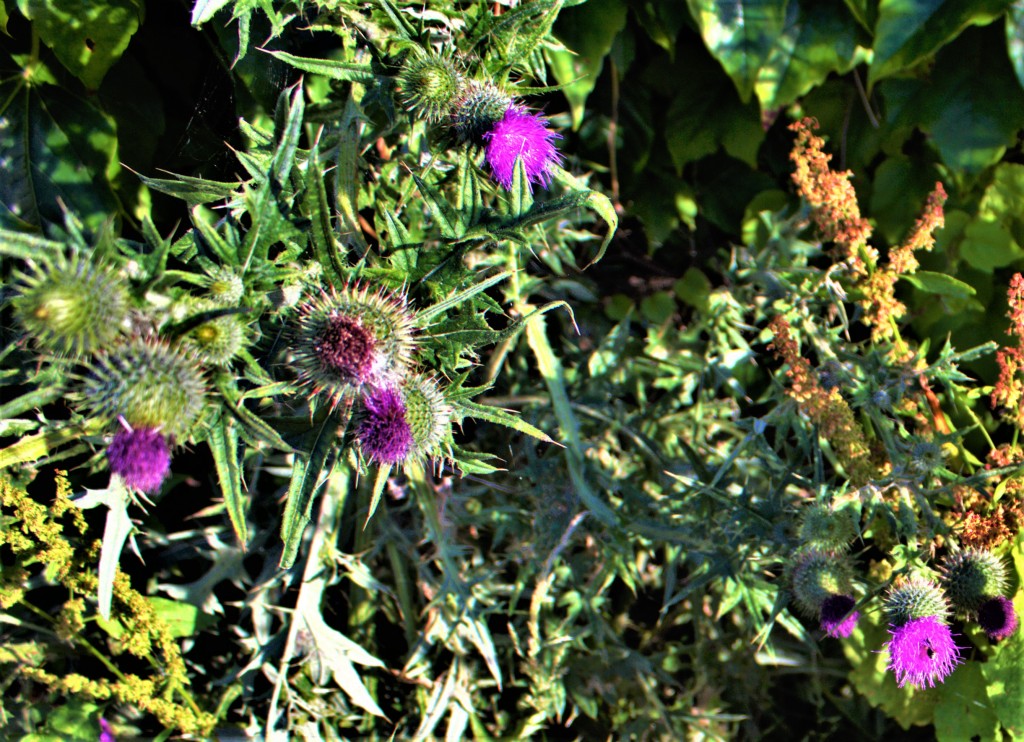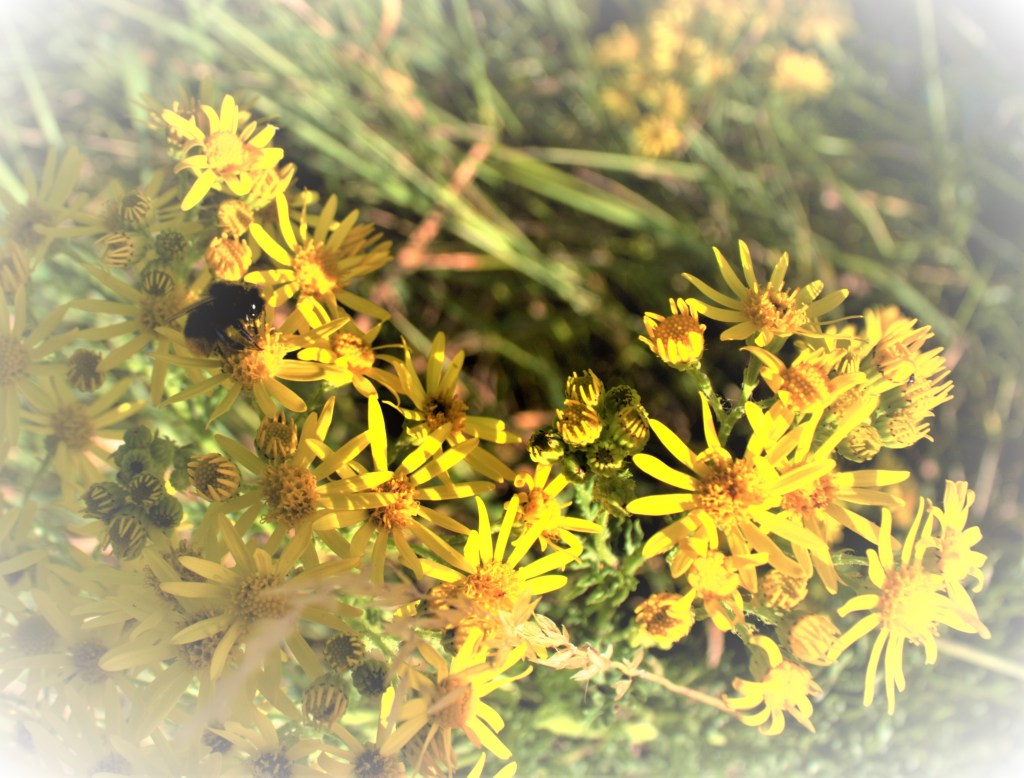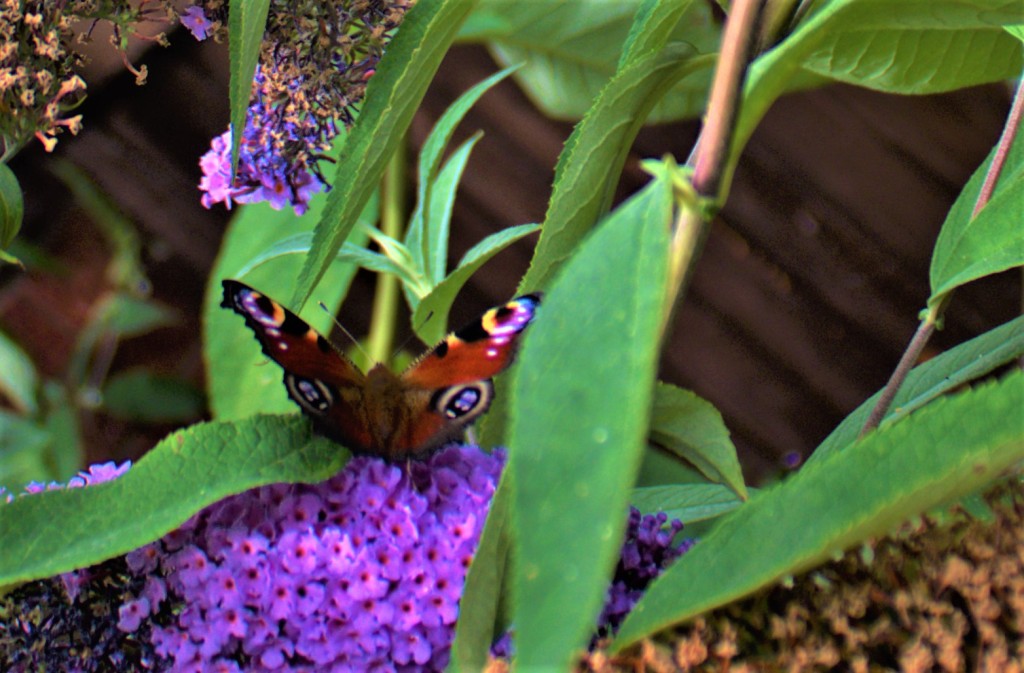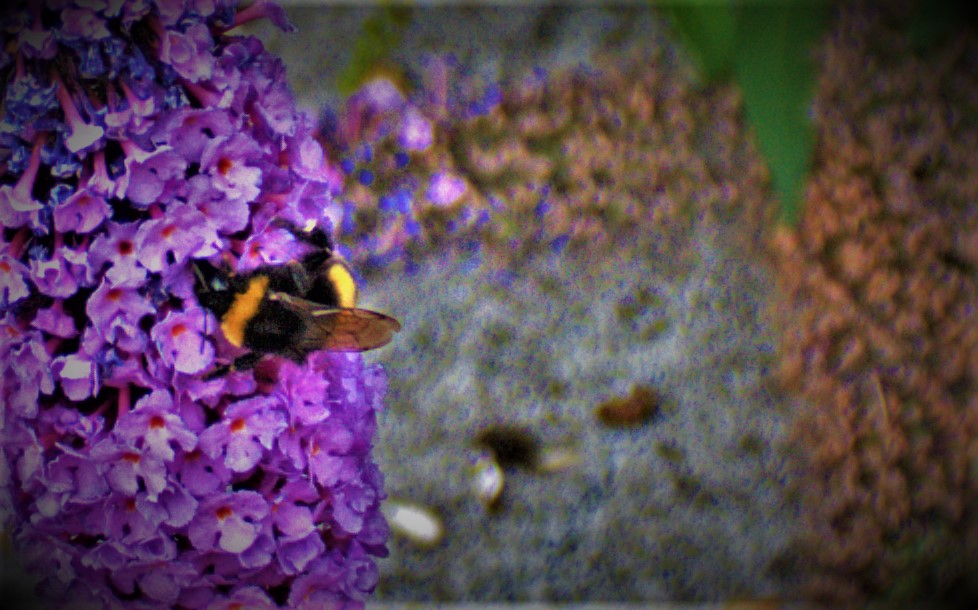I continue the all-time XIs theme with a team comprising players whose surnames begin with J.
THE XI IN BATTING ORDER
- Sanath Jayasuriya (Sri Lanka). Opening batter, left arm spinner and good fielder. His test match highlights include a high score of 340 and an innings of 213 against England at The Oval that combined with Muralidaran’s 16 wickets in the match to give SL their first victory in England. In ODI cricket (T20 only became a thing after his prime cricketing years) he completely redefined the role of an opener, his explosive performances in that role playing a large part in winning his country the 1996 World Cup.
- Archie Jackson (Australia). He was a contemporary of Donald Bradman, and many who saw both rising through the ranks rated him the finer prospect. Ill health ruined his career – he died of tuberculosis at the tender age of 23, but an innings of 164 on test debut as a 19 year old provided some hard fact to reinforce the credentials he had established as a youngster.
- Dean Jones (Derbyshire, Australia). A combative character, he came of age as a cricket during the first innings of what proved to be only the second tied test match in history (36 years on there have still only been two) at Chennai in 1986. Jones in that innings scored 210, batting almost eight hours, and at the end of it he had to be taken to hospital and put on a saline drip. Later, during the 1986-7 Ashes he played an innings of 184, albeit aided by being given not out when on just 5. He also produced several valuable knocks in the 1989 Ashes, though not coming close to the productivity in that series of Mark Taylor or Steve Waugh.
- Mahela Jayawardene (Sri Lanka). Possessor of the highest test innings by a right hander (374 versus South Africa), and without question in the top two of all time Sri Lankan test batters (Sangakkara being the other).
- *Stanley Jackson (Yorkshire, England). In 1905 he captained England to a decisive Ashes victory, topping both the batting and bowling averages, winning all five tosses and leading England to wins in both of the matches to reach definite conclusions. He scored five test centuries, all in home matches against the Aussies (he was an amateur, and business commitments always prevented him from touring). In 1902 he and George Hirst joined forces with the ball for Yorkshire to rout the touring Aussies for 23. His polished 49 at The Oval in the last test of that year’s Ashes enabled Jessop to begin England’s revival from 48-5 in pursuit of 263.
- +Amy Jones (England). A stellar keeper batter, a worthy successor in the England women’s squad to the legendary Sarah Taylor (and being kept on her toes by the knowledge that Ellie Threlkeld, also a magnificent keeper batter, is waiting in the wings).
- Gilbert Jessop (Gloucestershire, England). The most consistently rapid scoring batter the game has ever seen, a useful fast bowler and a brilliant fielder – in his great match at The Oval in 1902 his first significant contribution was not that innings, it was a brilliant bit of fielding that accounted for the key wicket of Victor Trumper, and he has been estimated to have been worth about 30 runs an innings in the field.
- Vallance Jupp (Sussex, Northamptonshire, England). An off spinning all rounder, who after his move north and qualification by residence for his new county achieved the season’s double of 1,000 runs and 100 wickets in FC matches eight times in succession.
- Mitchell Johnson (Australia). A mercurial left arm fast bowler who at his best was as good any such to have played to the game – in the 2013-14 Ashes he was nigh on unplayable. It is true that he was a cricketing version of the girl in the nursery rhyme – when he was good he was very good, when he was bad (as in the 2010-11 Ashes) he was horrid, but I choose to honour the Dr Jekyll side of his bowling rather than use the Mr Hyde element as an excuse to drop him. He was also a useful lower order batter, with a test century and a 99 in that department.
- Simon Jones (Glamorgan, Hampshire, England). Plagued by injuries, but when fit he produced some outstanding performances – he was crucial to England’s triumph in the 2005 Ashes, reverse swinging the ball at high pace and causing every Aussie batter problems.
- Bill Johnston (Australia). Australia’s leading wicket taker in three series immediately post-war. He bowled left arm fast medium and left arm orthodox spin – it was not unknown for him to go from spinning the old ball to swinging the new one.
This side possesses good batting depth (a superb top four, a batting all rounder, a keeper batter, two all rounders and a bowler who can bat, with only S Jones and Johnston describable as bunnies), and a fine variety of bowling options – Johnson, S Jones, Johnston, Jessop and Jackson providing five seam options all different from one another, while Jupp, Jayasuriya and Johnston in his slower style provide spin options.
HONOURABLE MENTIONS
Before going into the rest of this section there is one player I am going to give a subsection to himself…
RAVINDRASINH JADEJA (INDIA)
Averaging 35 with the bat and 24 with the ball in test cricket gives him a case to be regarded as the best contemporary all rounder of any kind in the game . The problem is that his bowling stock in trade, left arm orthodox spin overlaps with Jayasuriya and Johnston in his slower style. This is why I preferred Jupp’s off spin and the explosiveness of Jessop in the two slots he might have occupied – I was concerned with the balance of the attack, wanting my skipper to be able to change the bowling as well the bowler.
OTHER HONOURABLE MENTIONS
Steve James of Glamorgan and briefly England was a solid county opener, but I suspect that not even the staunchest of his county’s fans would expect him to be picked for this XI. Andrew Jones of New Zealand, a gritty and determinded number three for that country, might have had the slot I gave to Dean Jones, but while acknowledging his ability I felt that Dean, also a gritty competitor, had a sufficiently superior record to his trans-Tasman namesake to warrant getting the slot. Three fast bowlers who were close to being picked were in reverse chronological order Les Jackson of Derbyshire who took his FC scalps at 17 each but was only rewarded with two England caps, Ernie Jones of Australia, a seriously quick bowler in the 1890s, but also the first ever to be called for throwing in a test match, and John Jackson, a terror in the era immediately before WG Grace came to prominence. Prabath Jayasuriya has made a sensational start to his test career, but as a specialist left arm spinner it would hard for him to qualify for this XI even he maintains that start. Worcestershire leg spinner Roley Jenkins entered my thoughts, but I felt Jupp deserved the second spinner’s role. Digby Jephson, who was one of the last front line under arm bowlers at professional level and a good middle order batter is another I regret not being able to accommodate. Aqib Javed, a Pakistan fast bowler of the 1990s did not quite establish a good enough record to be a serious challenger. Among keepers only Eifion Jones, who was much less of a batter, comes close to namesake Amy behind the stumps – Geraint Jones was not up to standard in either department. Arthur Jepson does not qualify as a player but he can be one of the umpires, a role in which he excelled.
I end this section with two players who are very likely to be shoo-ins for this XI in 10 years time or thereabouts. Kyle Jamieson of New Zealand has made a magnificent start to his test career, and may well knock Mitchell Johnson out of the XI if he maintains his current progress. Will Jacks of Surrey is a hugely promising young batter and part time off spinner. In standard cricket formulation of initials and surname he is WG Jacks, and his recent 150 against Essex, most of it scored with tailenders for company, and giving his side an ultimately match settling first innings lead was worthy of the original WG.
PHOTOGRAPHS
Our cricketing adventure through the letter J is complete and all that remains is my usual sign off…


